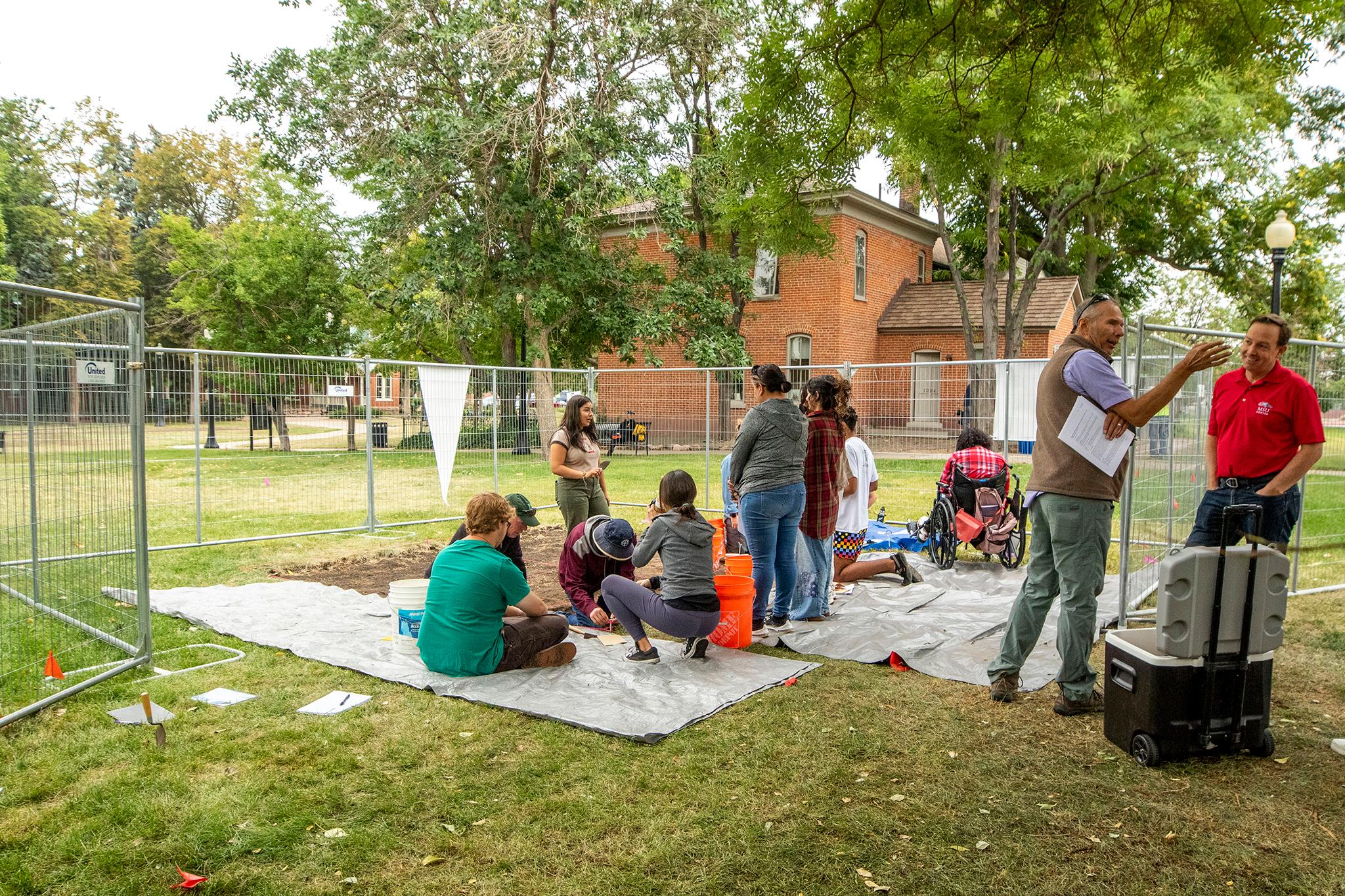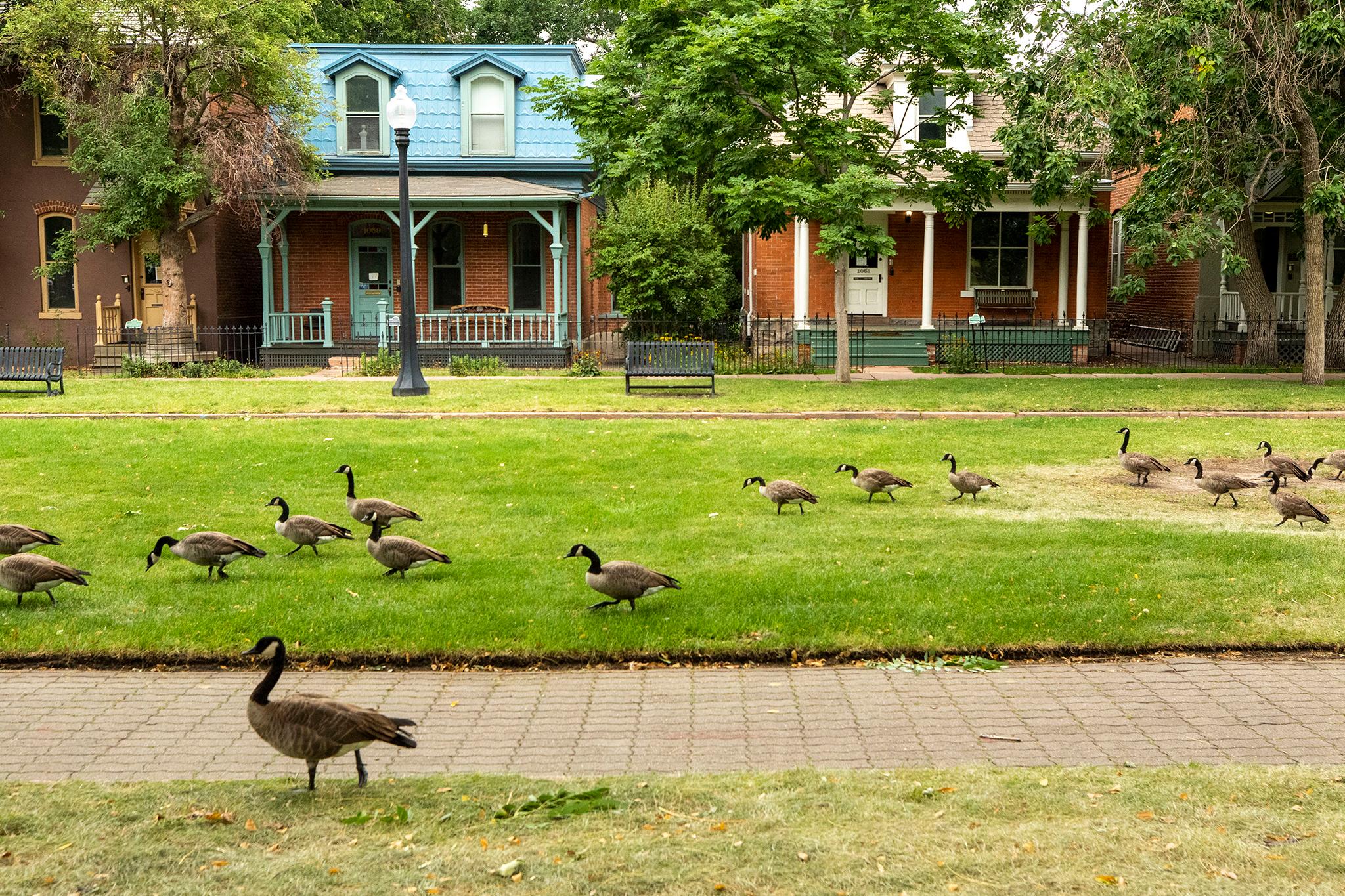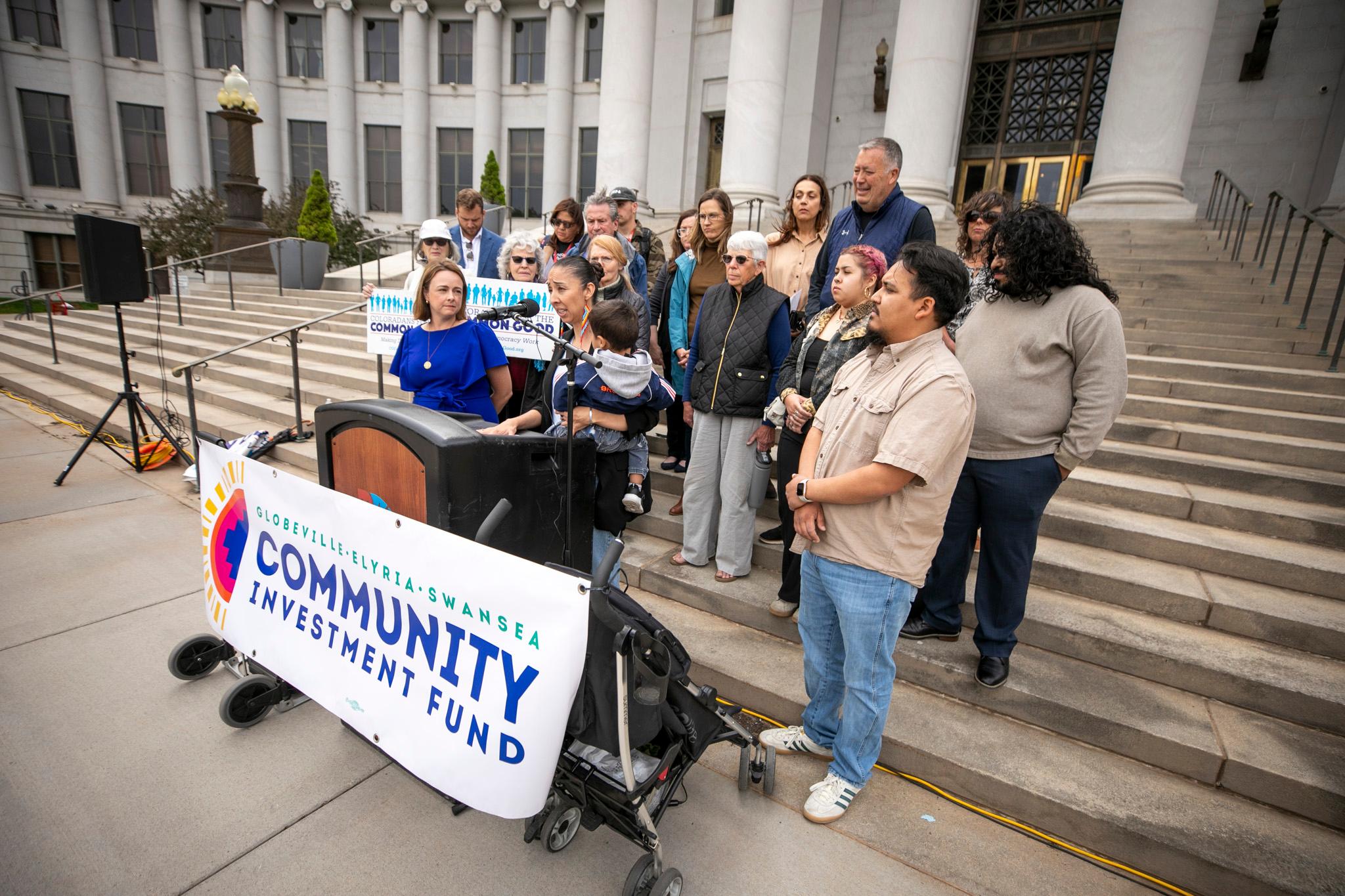Over the last few weeks, a section of Ninth Street Park in Denver's historic Auraria neighborhood has transformed into an archaeological site.
Students from Community College of Denver and Metropolitan State University of Denver are digging for artifacts from recent history.
"There's stuff from the early pioneers in the 1870s, all the way up until the 1960s, people that are still alive today," said Kyle Franken, a student at MSU Denver.
The dig is part of a renewed effort by MSU Denver, CCD and the University of Colorado, Denver to recognize the history of the Auraria neighborhood, which is now home to a large campus shared by the three schools.


Once a bustling center populated by mostly working-class people of color, the city of Denver forcibly evicted hundreds of Auraria residents in the 1960s. The city paid out peanuts compared to the true value of the Victorian-style homes. Officials decided to turn it into a campus as part of a sweeping "urban renewal" project.
Gene Wheaton, a CCD professor working on the dig, said the city made false reports about the state of the neighborhood in order to justify the removal of residents. He hopes the dig can help rectify those false notions.
"That's part of the excavation, the point of [the excavation] is to find artifacts that reflect the true nature of the neighborhood and not what the urban renewal [supporters] said it was when they condemned it all," Wheaton said.
Perhaps the biggest sign of reconciliation between the Auraria campus and the displaced residents, many of whom still live in Colorado, came last year.


As a way of compensating the families, all three of the colleges occupying the campus pledged to provide their descendants with free tuition in perpetuity.
Students and professors at one of the digsites have found enough items to determine that it used to be a carriage house. Caitlin Calvert, a graduating senior studying history and anthropology at MSU Denver, was digging there when a gleam caught her eye.
The buried treasure wasn't gold or diamonds. It was garbage -- a broken bottle, to be exact.
"These bottle tops are pretty useful for us because you can date these. It's really great that we have this and it's really thick, which is good, too, because that tells us what it was probably specifically used for," said Calvert.


Michael Kolb, an archaeology professor at MSU Denver, said the items they're collecting are already helping paint a clear picture of what life was like for some Aurarians.
"We found rosary beads and we found some little sequins that would go on leather either in a leather belt or purse. We're already finding what seems to be a very vibrant sort of family life for whoever resided here," Kolb said.
If everything goes well, the universities hope to open a museum for the artifacts so they can continue to educate future generations about the neighborhood and its past residents.














